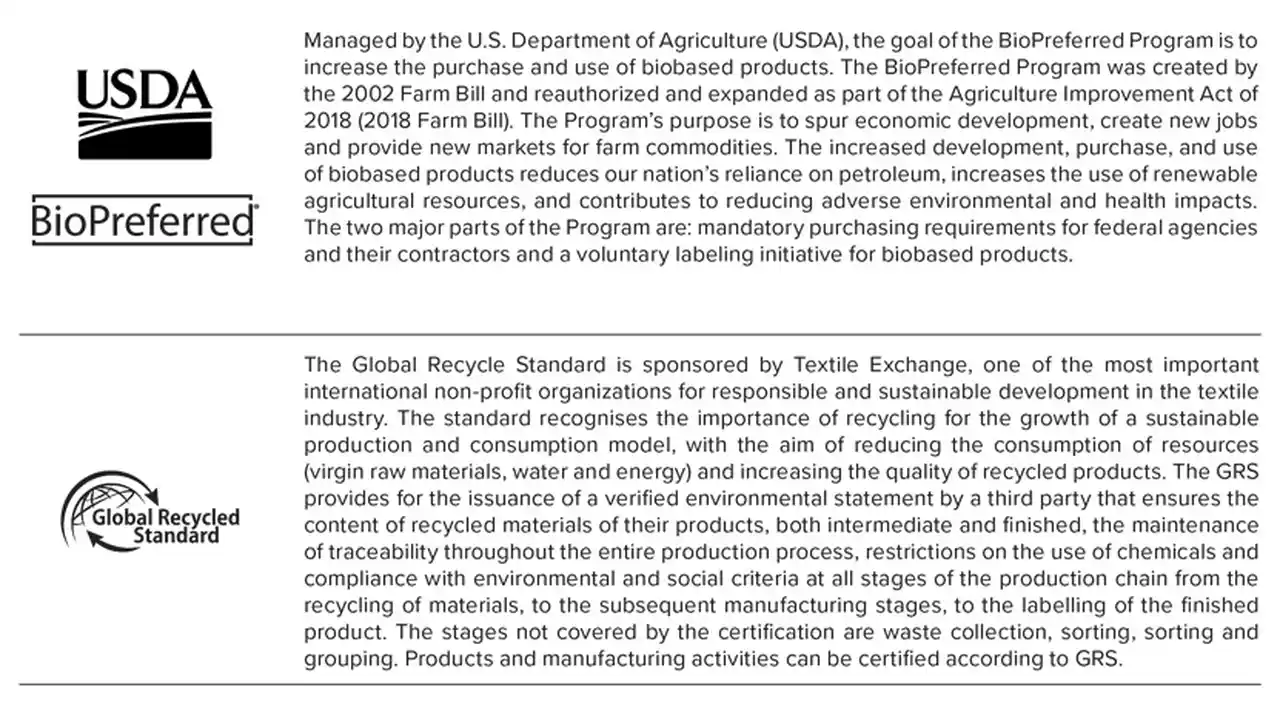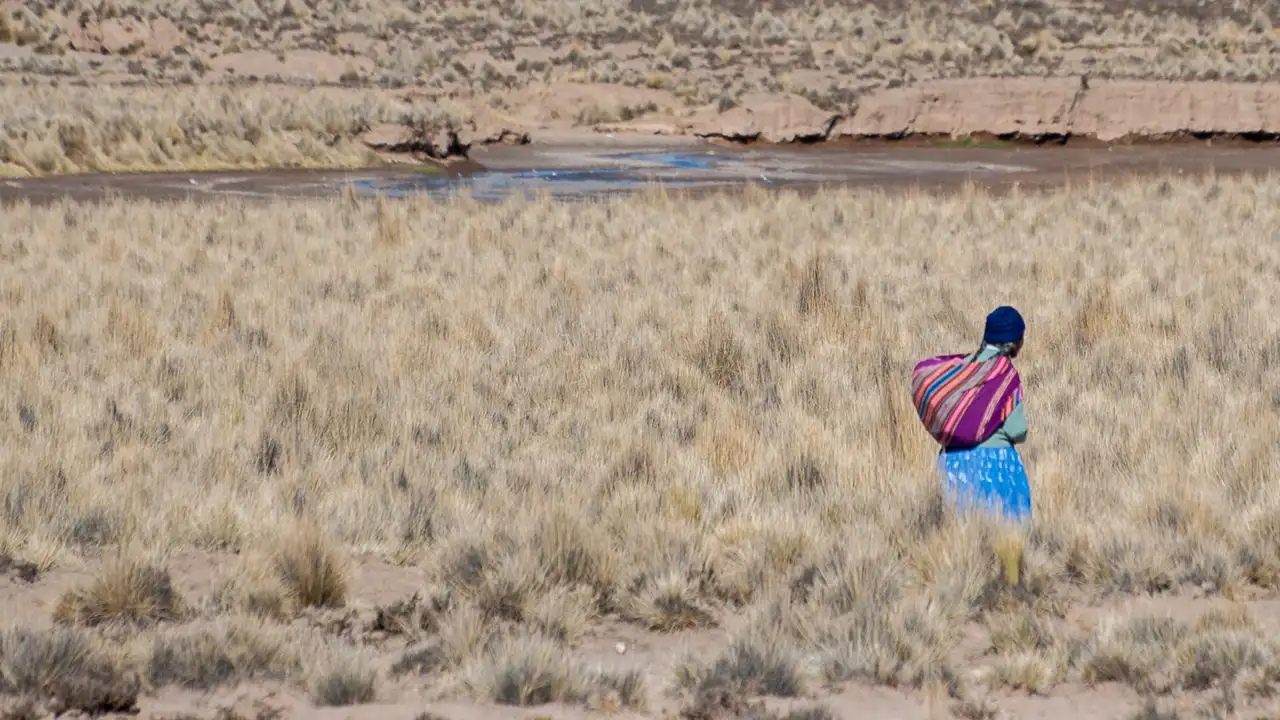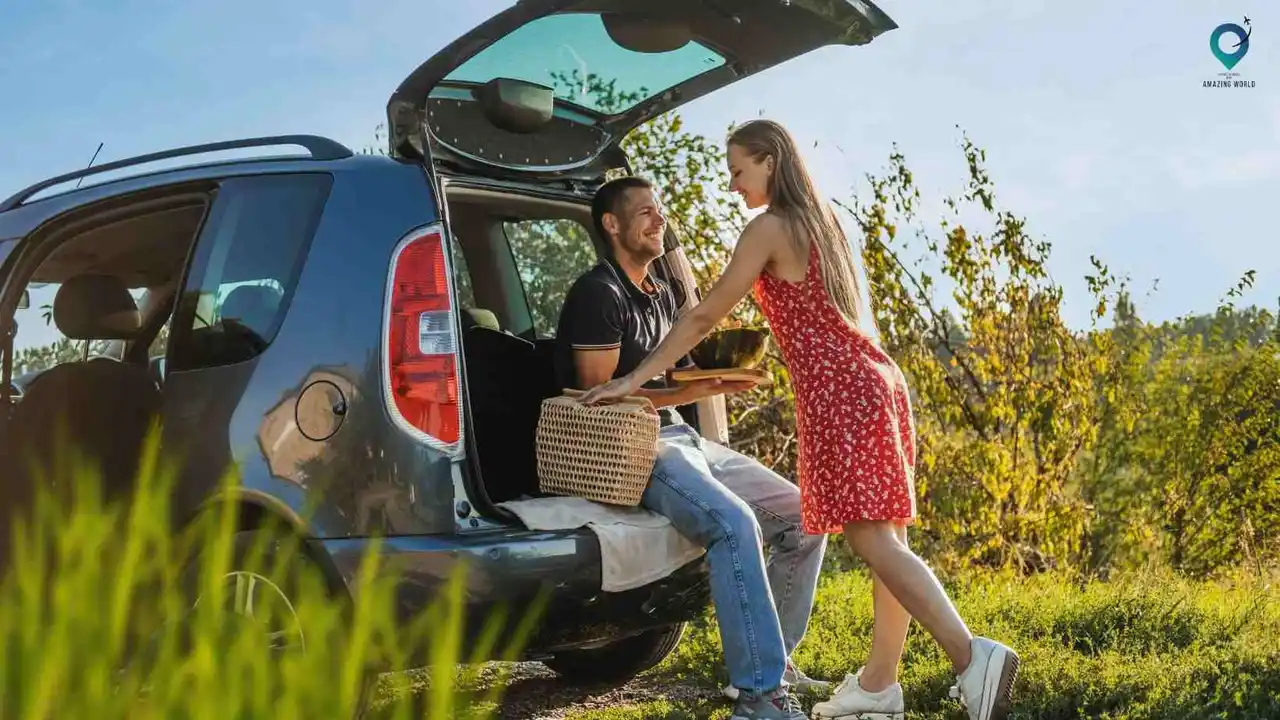Glamping Eco Credentials Compared
Discover the eco-credentials of various glamping sites for sustainable outdoor experiences. This guide evaluates environmental practices and commitment to conservation. Find responsible glamping options for nature lovers.

What is Glamping Anyway A Sustainable Getaway Option
Okay, so you're itching for a getaway, but the thought of pitching a tent and wrestling with sleeping bags isn't exactly sparking joy? That's where glamping swoops in to save the day! Glamping, or glamorous camping, combines the best of both worlds: the immersive experience of being outdoors with the comfort and amenities of a hotel. Think cozy beds, proper bathrooms, and often, stunning views – all while minimizing your environmental impact. It's a way to reconnect with nature without sacrificing creature comforts. But is it *really* eco-friendly? Let's dive in!
Eco-Friendly Glamping What to Look For Sustainability Practices
Not all glamping sites are created equal when it comes to sustainability. To ensure your glamorous getaway is also a green one, keep an eye out for these key indicators:
- Location, Location, Location: Is the site located on previously disturbed land? Are they actively involved in habitat restoration or conservation efforts? A glamping site nestled within a protected area or working to rehabilitate the land gets major brownie points.
- Energy Efficiency: How does the site power its operations? Look for sites that utilize solar power, wind energy, or other renewable energy sources. Energy-efficient lighting and appliances are also a good sign.
- Water Conservation: Water is precious! Check if the site has water-saving fixtures, rainwater harvesting systems, or greywater recycling programs.
- Waste Reduction: Does the site have a comprehensive recycling and composting program? Are they minimizing single-use plastics? Bonus points for offering reusable water bottles and encouraging guests to bring their own.
- Sustainable Materials: What are the glamping structures made of? Look for yurts, tents, or cabins constructed from sustainable materials like reclaimed wood, bamboo, or recycled fabrics.
- Local Community Support: Is the site supporting the local economy by hiring local staff, sourcing food from local farms, or partnering with local artisans? A commitment to community benefit is a huge plus.
- Certifications and Awards: Has the site been recognized for its sustainability efforts by a reputable organization? Look for certifications like Green Globe, LEED, or B Corp.
Glamping Gear Recommendations Eco-Friendly Choices and Reviews
To maximize the eco-friendliness of your glamping trip, consider packing some sustainable gear. Here are a few recommendations:
- Portable Solar Charger: The Goal Zero Nomad 20 is a reliable option for charging your phone, camera, or other small devices using solar power. It's lightweight, durable, and perfect for off-grid adventures. Price: Around $200.
- Reusable Water Bottle: The Hydro Flask 32 oz is a classic choice for a reason. It's durable, keeps your drinks cold for hours, and comes in a variety of colors. Price: Around $45.
- Biodegradable Soap: Dr. Bronner's Pure-Castile Liquid Soap is a versatile and eco-friendly option for washing your hands, body, and even your dishes. It's concentrated, so a little goes a long way. Price: Around $15.
- Bamboo Cutlery Set: A To-Go Ware Bamboo Utensil Set is a lightweight and sustainable alternative to disposable plastic cutlery. It comes with a fork, spoon, knife, and chopsticks, all made from bamboo. Price: Around $12.
- Organic Cotton Towel: A Nomadix towel is made from recycled materials and is quick-drying. Price: About $40.
Glamping Tent Comparison Yurt vs Canvas Tent vs Geodesic Dome
Choosing the right glamping accommodation can enhance your experience, and each type has its own environmental footprint. Let's compare a few popular options:
- Yurts: These circular, tent-like structures are often made from sustainable materials like wood and canvas. They offer ample space and can be heated with wood-burning stoves. Yurts generally have a lower environmental impact than permanent structures, especially if they're built with locally sourced materials.
- Canvas Tents: Bell tents and safari tents are popular choices for glamping, offering a spacious and comfortable camping experience. Look for tents made from organic cotton canvas, which is more sustainable than synthetic materials. Ensure the tent is properly maintained to extend its lifespan.
- Geodesic Domes: These unique structures offer stunning views and a futuristic feel. However, they can be more energy-intensive to heat and cool than other options. Look for domes with good insulation and energy-efficient windows.
Glamping USA Destinations Eco-Conscious Locations
The US boasts a variety of eco-conscious glamping sites. Here are a few examples:
- Collective Retreats: With locations across the US, Collective Retreats offers luxury glamping experiences with a focus on sustainability. They prioritize local sourcing, waste reduction, and conservation efforts. Price: Varies depending on location and season, but expect to pay around $300-$800 per night.
- Under Canvas: Known for its stunning locations near national parks, Under Canvas offers canvas tents with comfortable amenities. They partner with local organizations to support conservation and community development. Price: Around $200-$500 per night.
- Ventana Big Sur, an Alila Resort: Offers luxurious glamping tents nestled in the redwood forests of Big Sur. They are committed to sustainability, with a focus on water conservation, waste reduction, and energy efficiency. Price: Around $800-$1500 per night.
Glamping Southeast Asia Destinations Ethical Travel Choices
Southeast Asia is also home to some fantastic eco-glamping destinations:
- 4 Rivers Floating Lodge, Cambodia: This unique lodge is built on floating platforms in the Tatai River, offering a sustainable and immersive experience. They prioritize responsible tourism and support local communities. Price: Around $200-$400 per night.
- Bambu Indah, Bali, Indonesia: This eco-resort features traditional Javanese houses made from bamboo and other sustainable materials. They have a strong commitment to environmental conservation and community empowerment. Price: Around $250-$500 per night.
- The Datai Langkawi, Malaysia: Nestled in a lush rainforest, The Datai Langkawi is a luxury resort with a strong focus on sustainability. They have implemented numerous initiatives to reduce their environmental impact and support local communities. Price: Around $500-$1000 per night.
Glamping Site Review Criteria Environmental Impact Assessment
When evaluating a glamping site's eco-credentials, consider these factors:
- Energy Source: Percentage of energy from renewable sources (solar, wind, hydro).
- Water Usage: Water consumption per guest per night.
- Waste Diversion Rate: Percentage of waste diverted from landfills through recycling and composting.
- Carbon Footprint: Total carbon emissions per guest per night.
- Conservation Efforts: Number of acres of land protected or restored.
- Community Impact: Number of local jobs created and revenue generated for local communities.
Glamping vs Traditional Camping Sustainability Showdown
How does glamping stack up against traditional camping in terms of sustainability?
- Environmental Impact: Glamping can have a lower environmental impact than traditional camping if the site is designed and operated sustainably. However, poorly managed glamping sites can have a higher impact due to increased energy consumption and waste generation.
- Convenience: Glamping offers a more convenient and comfortable experience than traditional camping, which can make it more accessible to a wider range of people.
- Cost: Glamping is generally more expensive than traditional camping, but the added amenities and comfort can be worth the price for some travelers.
DIY Glamping Tips Creating Your Own Eco-Friendly Campsite
Want to create your own eco-friendly glamping experience? Here are a few tips:
- Choose a sustainable location: Opt for a campsite on previously disturbed land or in a protected area.
- Use eco-friendly gear: Pack sustainable camping gear like a solar charger, reusable water bottle, and biodegradable soap.
- Minimize waste: Bring your own reusable containers and avoid single-use plastics.
- Respect nature: Follow Leave No Trace principles and minimize your impact on the environment.
Future of Glamping Sustainable Innovations Trends
The future of glamping is looking green, with innovations like:
- Modular and prefabricated structures: These structures can be easily transported and assembled, minimizing construction waste.
- Smart home technology: Smart thermostats, lighting systems, and water sensors can help reduce energy and water consumption.
- Vertical farming: Growing food on-site can reduce transportation costs and provide fresh, local produce.
:max_bytes(150000):strip_icc()/277019-baked-pork-chops-with-cream-of-mushroom-soup-DDMFS-beauty-4x3-BG-7505-5762b731cf30447d9cbbbbbf387beafa.jpg)






